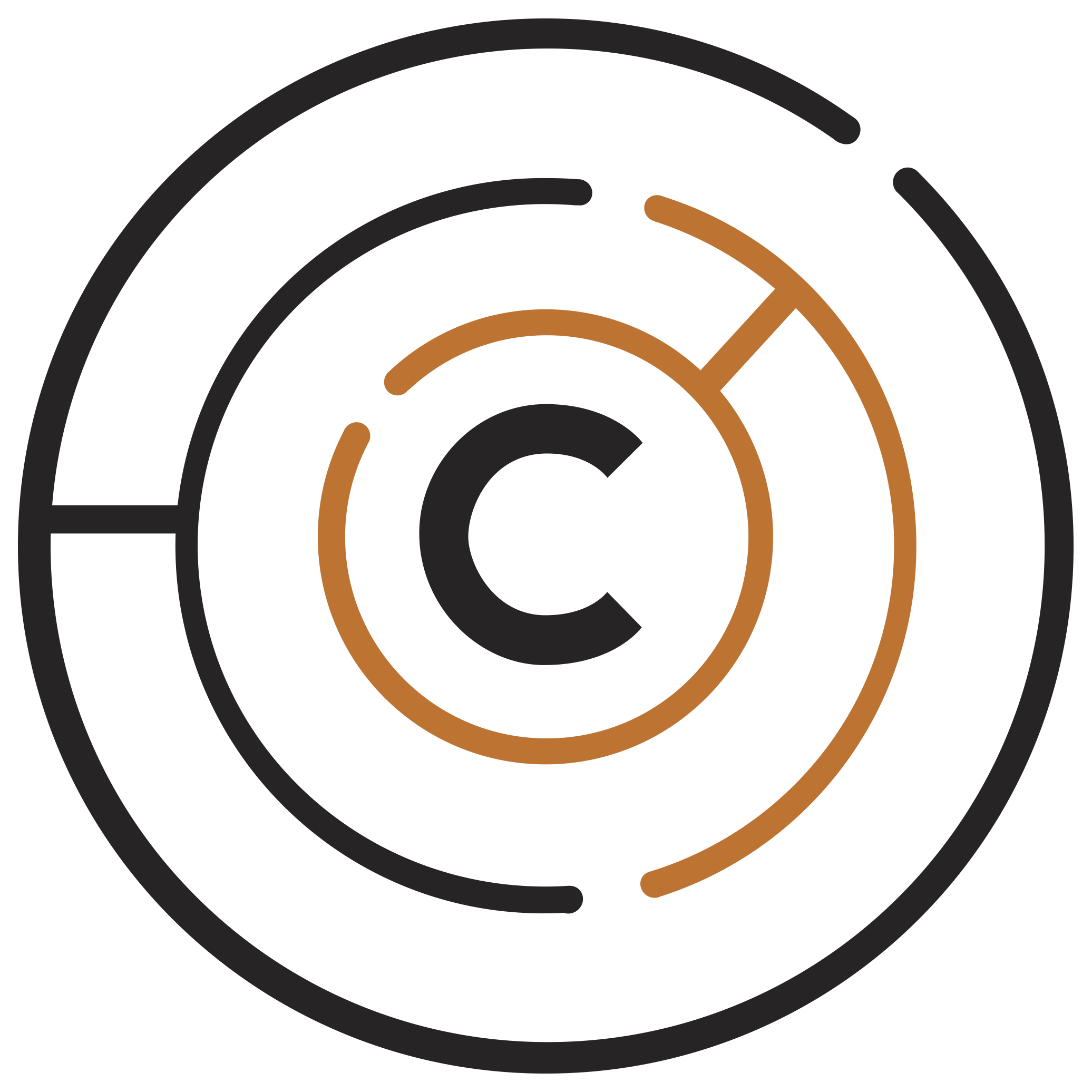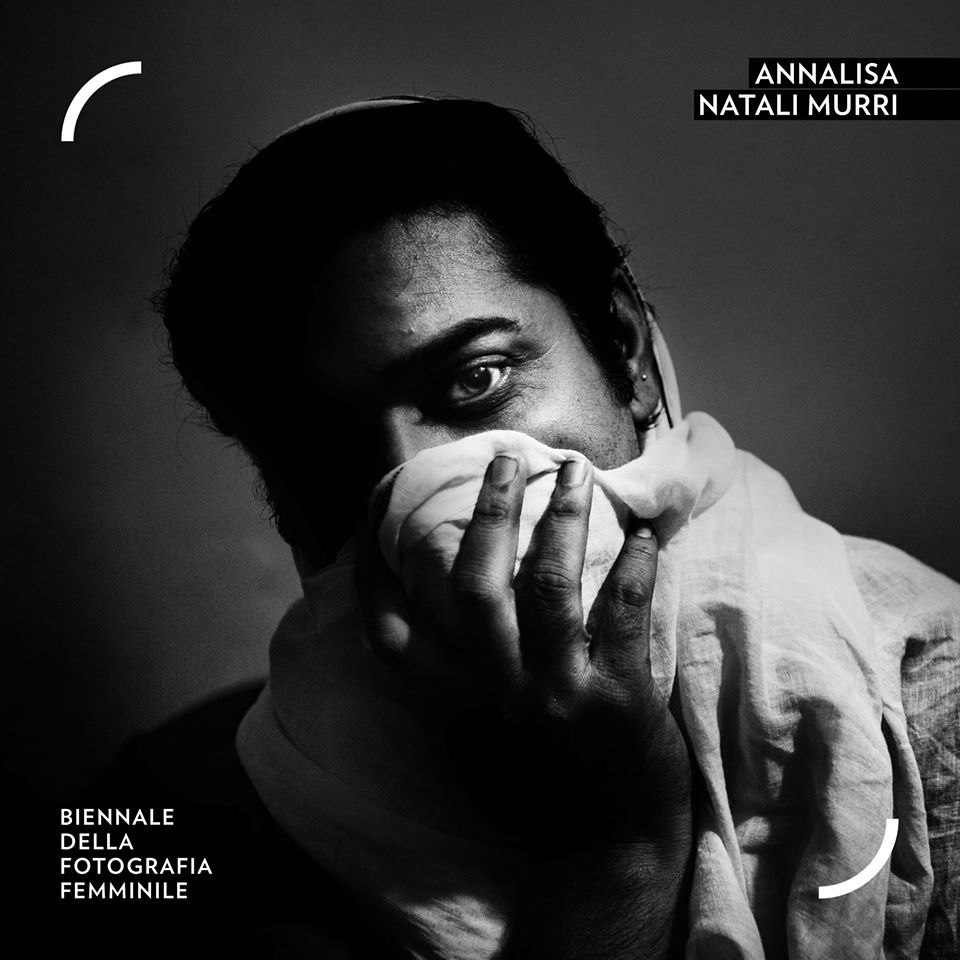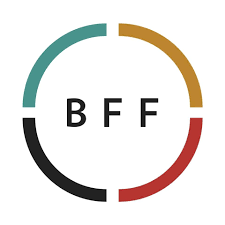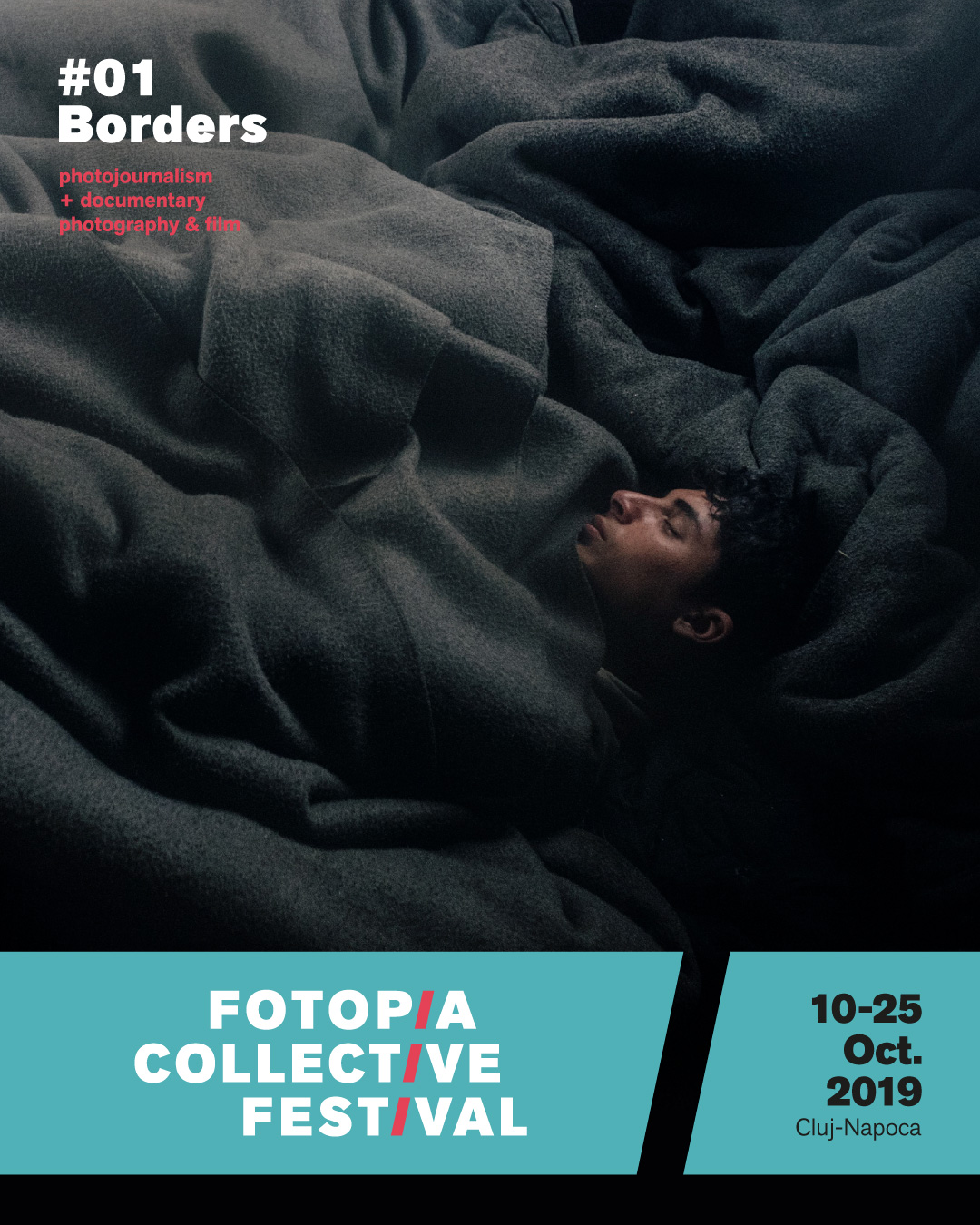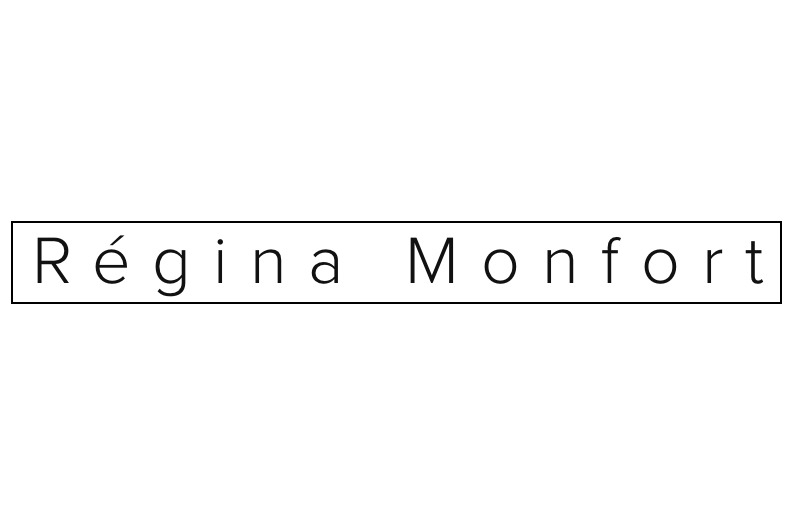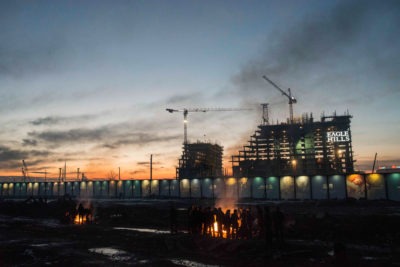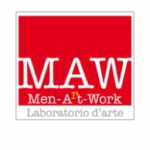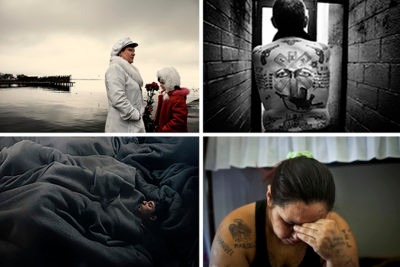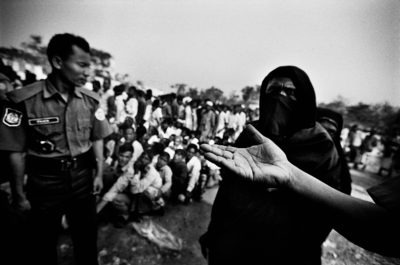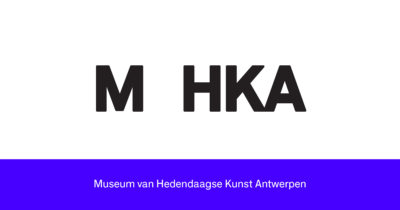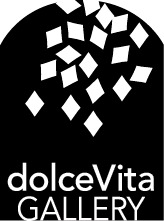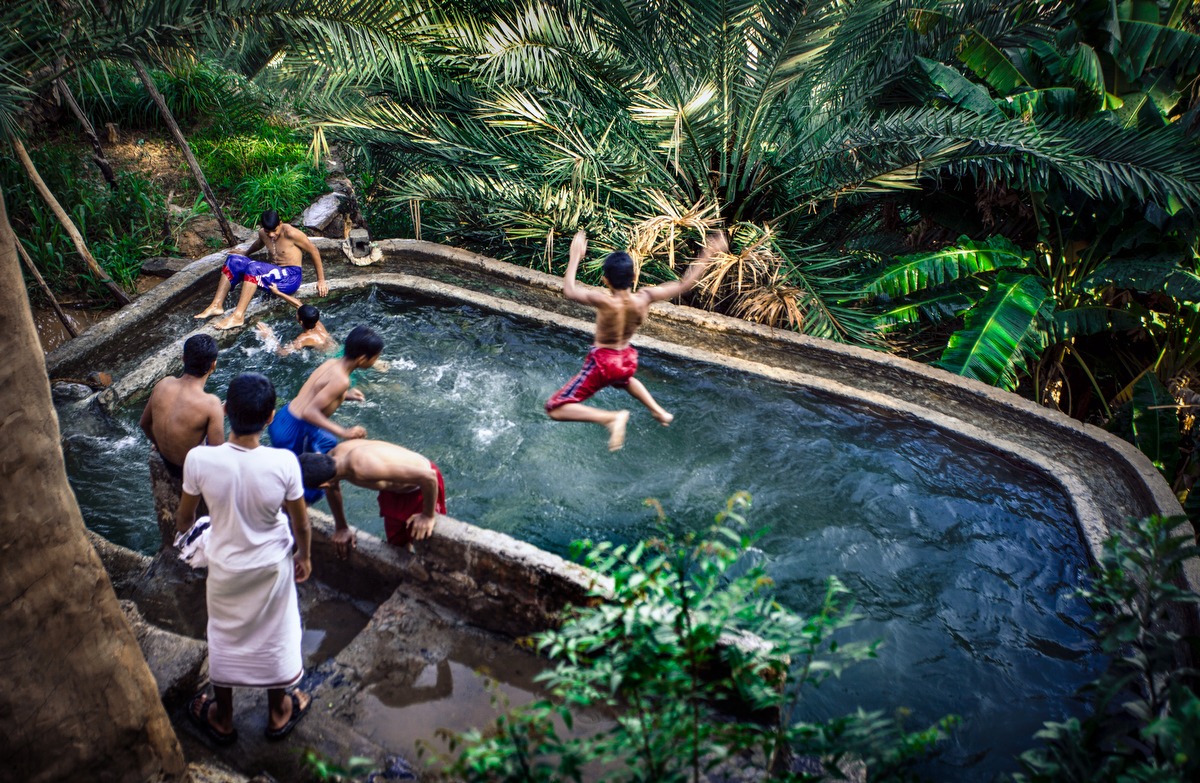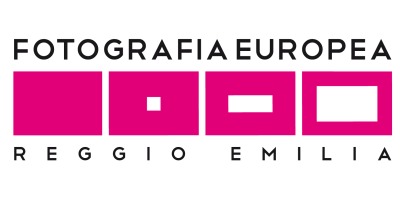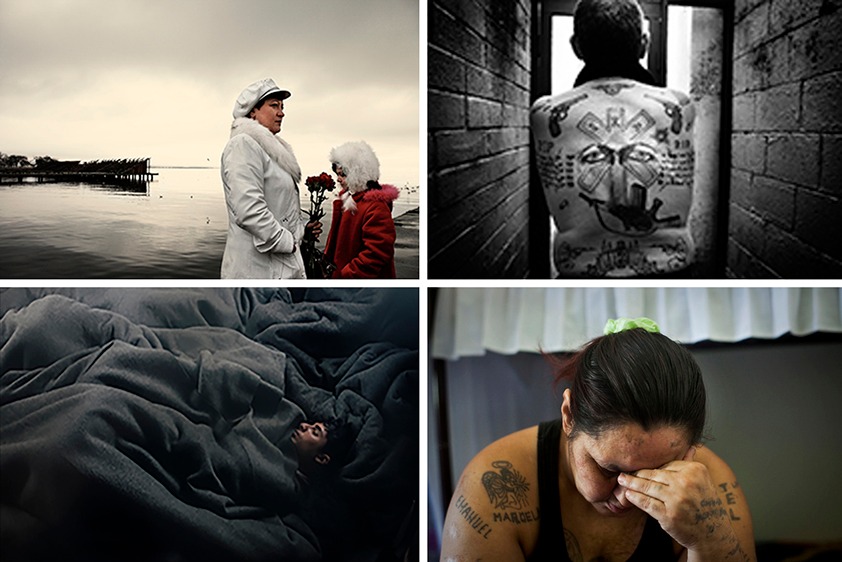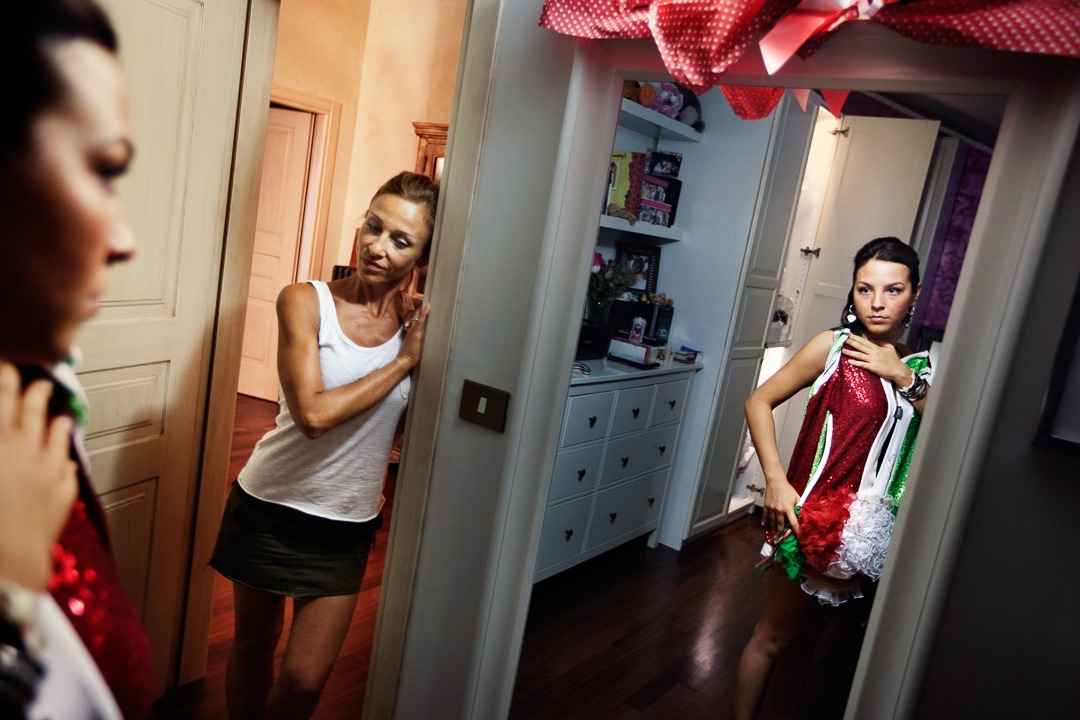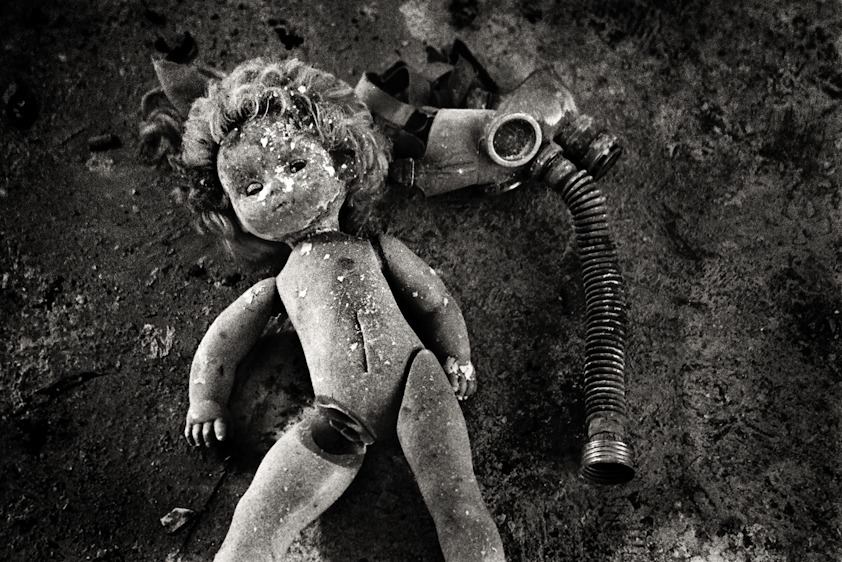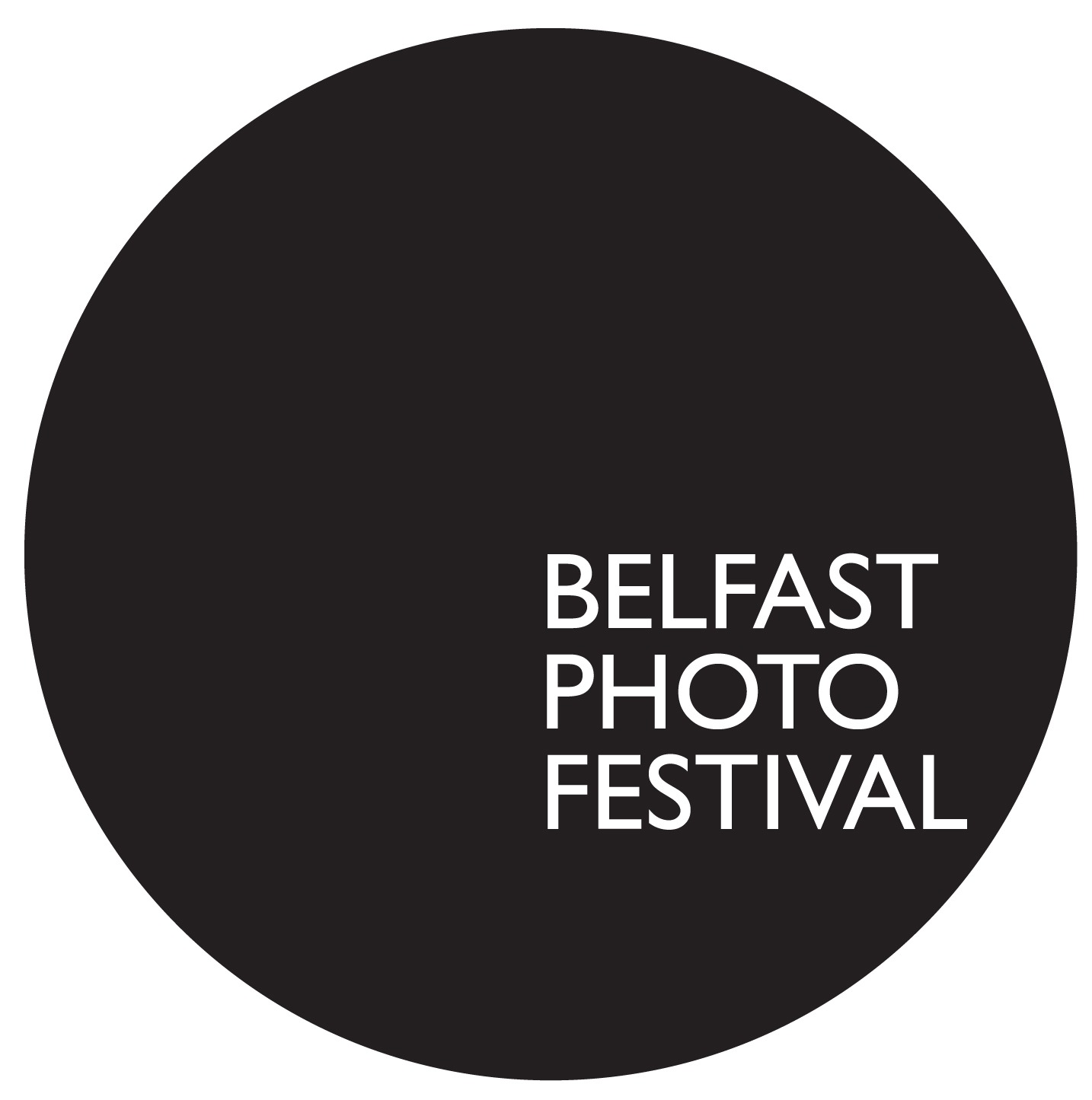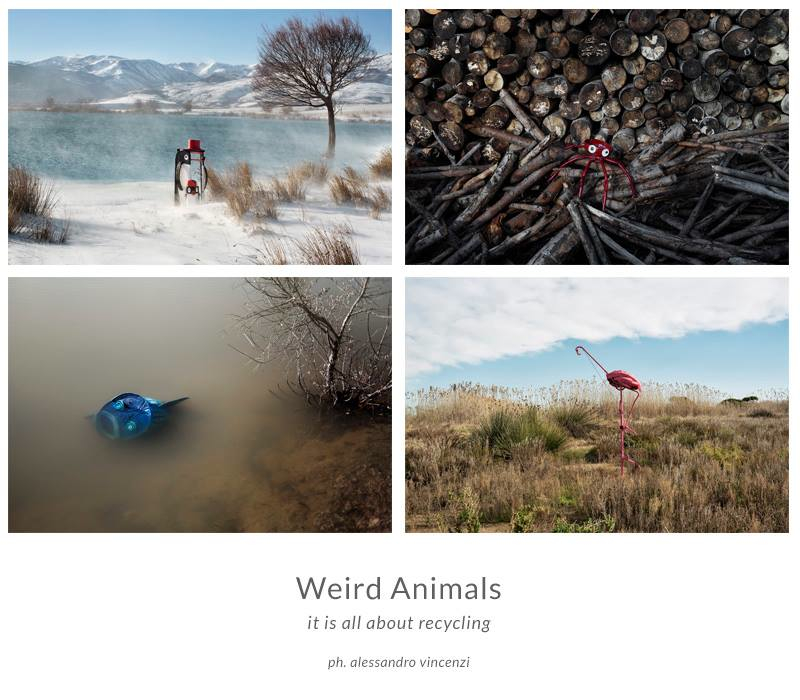Weirds Animals · EXHIBITION
ph. Alessandro Vincenzi
The relationship between creativity and recycling is always fascinating and practical. Maybe this is the reason why I like the phrase “Once, old and broken things were not being thrown away, but were repaired.” Before being discarded recyclable things were owned by people who infused them with life. While replacing the old with the new is common, it is critical that we do everything possible to reinvent the old and therefore help to recover the ecological damage that has as persisted on our planet. L’Animalada was created with this spirit in mind. This is a series of animals by Sandra Sarda Cabero, which combines three different worlds. Waste reduction, recycling of materials and retrieving objects. The creatures in the artistic space generated by the project represents a kind of game when recycled objects rendered into creatures are introduced into public spaces. The need to create and look for aesthetic correspondences between the recovered and / or found object and animals. The result has several interpretations but the most satisfying with a point of poetry is that Vincenzi’s work imbues old objects with new life. In this respect, it represents a return to the life cycle, metaphorically, the first level and most genuine; the natural world – A world to which everything, toxic or not, is returned. Taking in consideration the depths sense of L'Animalada, Weird Animals seeks to address the importance of recycling in a rather unusual way. Put these animals in a natural context, suggests a possible future of our planet. The idea of being surrounded by recycled animals may scare some people. Nevertheless, the images do not transmit fear so much as a surreal, dreamlike state of being.
text: Gregory Beals
Cinderellas · EXHIBITION
ph. Annalisa Natali Murri
Life of a transexual community in the outskirts of Dhaka. There was a time when “Hijras” were revered as demigods. Hijras communities in Bangladesh, namely transgender people, have been believed for thousands years to bring people fertility and good luck. But times have changed, and their lives have become extremely harder.Being Hijra now leaves many without an official identity: as doesn’t exist officially, whoever is born Hijra can't inherit property and should be expelled from the community by birth. Access to education and employment, as well as having a passport, a bank account or a driving license is strictly precluded them. Moreover, Bangladesh seems to be no more concerned about the 35000 and more Hijras living there, and its interest in their condition has recently declined: a lack of assistance and alternative work opportunities has forced many of them into sex work and prostitution. Hijras are permanently marked by their sexual diversity. If the society recognised them and the government gave them job opportunities, as already happens in India and Pakistan, less money could be spent on HIV-awareness campaigns and health programs. “Probably we would not need to prostitute ourselves anymore”- said one of them- “and our lives would be better. But this night, as always, we'll just make and dress up...and take to the streets”.
Frozen Identity · EXHIBITION
ph. Erik Messori
Stateless, a grey passport citizen. You go to sleep as a citizen and wake up the next morning as a foreigner in the country where you have lived your whole life. In the 1950s the Soviet government sent millions of people to the outskirts of the USSR to expand local workforces. Whole new industrial towns were raised in north-eastern Estonia at places such as Kohtla-Järve, Narva, Sillamäe and Avinurme. People of all professions – mainly blue-collar mine workers but also specialist engineers from all over the Soviet Union were sent there to work. After the USSR’s collapse in 1991 some 25 million ethnic Russians were left outside the borders of their homeland. In the words of a popular propaganda song “my address is not the street name and the house number, my address is the Soviet Union“, so when communism fell, those people lost their home and the legal status of a citizen. The paradox was that many of these people had been born on Estonian SSR territory and lived there all their lives but the actual nation they were growing up in was the USSR. Today a quarter of Estonia’s 1.3 million population, or 330,000 people, are its Russian community. And 7.5 per cent of the population, or about 100,000 people, are now considered stateless citizens in Estonia.

Trapped in Belgrade · EXHIBITION
ph. Francesco Pistilli
In derelict warehouses behind Belgrade's main bus station, up to 1500 migrants are trying to survive the freezing Serbian winter in crumbling buildings with broken windows, no electricity, no heating, or water. They are stuck in a "sub-zero" Limbo, waiting for a new life in Europe. Inside these buildings the air is thick with smoke because several makeshift fires. The dark smoke renders the visibility to only a few meters, but the darkness is pierced by the sounds of people coughing. Europe’s forgotten refugees are dying of cold, in asylum limbo. Thousand homeless migrants line up for a meal distribution. They get only one meal per day from an aid organization. This temporary citizens-from-nowhere are living their nomad existences in the the rubble of the so-called Belgrade "Waterfront" construction project. They sleep, cook and eat directly on the warehouse floor and wash their self outside at freezing conditions as severe winter weather sweeps across Serbia. Trapped in Belgrade is part of the refugees and migrants project “Lives in Limbo” started by Francesco eight years ago. The image of the Afghan boy sleeping in an abandoned wagon next to Belgrade's main railway station was chosen by Time Magazine’s editors as one of the best 100 images of 2017. This story won the second prize in the category “Editorial photo essay/story” at the International Photographer of the Year Awards in 2018 and the third prize of the general news stories nominated in this year’s World Press Photo Contest. The tightening of the so-called Balkan Route into the European Union left thousands of refugees stranded as they attempted to travel through the country to seek a new life in Europe. Many spent the freezing Serbian winter in derelict warehouses behind Belgrade's main railway station. The buildings were crumbling with broken windows, no electricity, no heating, or water. They were stuck in a "sub-zero" Limbo. Inside those buildings the air was thick with smoke because of several makeshift fires. The dark smoke rendered the visibility to only a few metres, but the darkness was pierced by the sounds of people coughing. Europe’s forgotten refugees were dying of cold, in an asylum limbo.
Independence on the skin · EXHIBITION
ph. Erik Messori
Occupation, nationalism and struggles with identity plague world history. In Ireland in particular, hundreds of years of British rule - which some claim to be the world’s longest war of occupation - have produced generation after generation of independent-minded Irish who have fought for their national identity. Their names are linked to infamous organisations such as the IRA and other pro-independence associations. Despite the fact that an official truce is in place, some of these women and men maintain the fight to achieve their dream of independence. A recurrent dream for which Irish men and women have fought during the Easter Rising, a six days armed rebellion that had its one-hundredth anniversary in April 2016. Their tattoos tell the painstaking story of their lives, fallen friends and past actions. Their bodies bear indelible writings of an ideal and the human price of its pursuit. Every drop of ink under their skin carries the memory of ancestors and comrades who died in this invisible war. Much has been written about them, especially during the seemingly endless attacks of the seventies and eighties, and they are generally considered terrorists and subversives but little is really known about them. This photographic account is an insight into their world and proof of their determination to continue to fight for what they say will be an Ireland they can call their own.
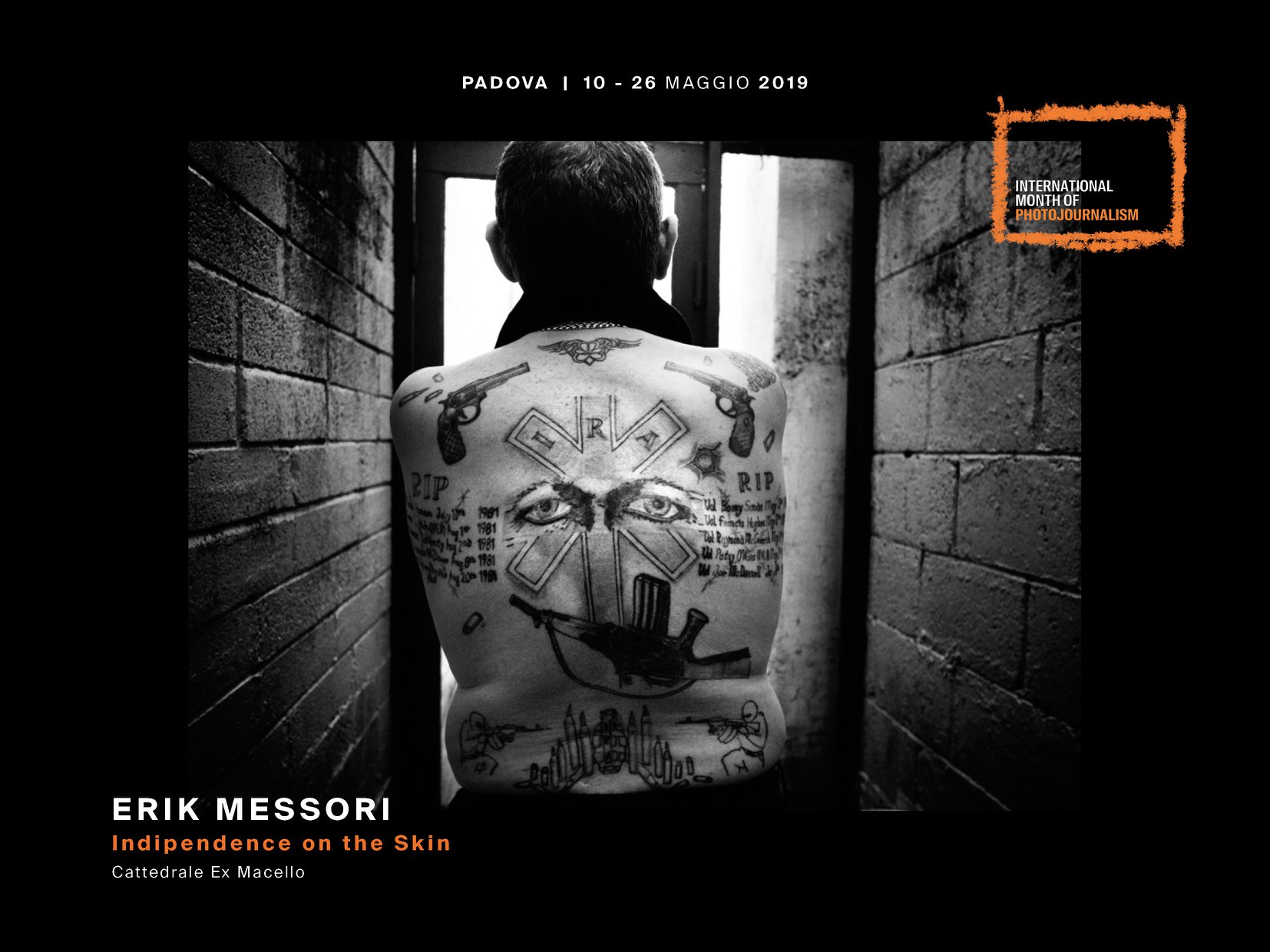
Forgotten Italians · EXHIBITION
ph. Alessandro Vincenzi
In 1830 and 1870 two migratory fluxes from Italy arrived in Kerch, Crimea. They were mainly farmers, seamen and shipyard workers from Puglia, attracted by dreams of a better future in unexploited and fertile lands. More Italians arrived at the beginning of the 20th Century as encouraged by the Russian Imperial authorities to develop agricultural activities mainly in grape cultivation. During the 30’s, due to various forms of repression, many Italians fled and ended up moving back to Italy, finding in most of the cases a tragic destiny. At the same time, the Catholic Church built by the Italians in 1840 was closed. Private lands were expropriated to create a Kolkhoz and during the Stalin purge many Italians were accused to be Italian spies and therefore arrested, tortured, deported or executed. On January 28th 1942 the Italian families still living in the Kerch province were given two hours’ notice to pack a maximum of eight kilograms of their belongings before being deported to Kazakhstan. The agony of the journey, mainly in wagon trains, lasted two months. Many died on the way before reaching the destination; survivors recall that the dead bodies were abandoned at train stations along the way. Such was the shock, that after 76 years many people still refuse to remember that moment. Today in Kerch there is a community of almost 300 people that assure to be descendants of Italians. In 2015 the Russian authorities have recognized them the minority status of deported and persecuted people.

2019 - 10/05 · 26/05
IMP Festival Cattredale ex Macello Via Alvise Cornaro 1 - 35128 Padova - Italy.
Guided Tours:
24/05 at 3.00 p.m. Alessandro Vincenzi 24/05 at 5.00 p.m. Erik Messori
Talks:
25/05 at 8.00 p.m. CAPTA Collective Cattredale ex Macello Via Alvise Cornaro 1 - 35128 Padova
26/05 at 6.00 p.m. Magnum-Prospekt-CAPTA Palazzo del Monte di Pietà Piazza Duomo 14 - 35128 Padova
One-on-One Editing Session · WORKSHOP
by. Régina Monfort
PHOTO-EDITOR IN RESIDENCE
New York based photography and book editor Régina Monfort will be returning to Rome for one-on-one editing sessions in collaboration with CAPTA. During these engaging 60-minute sessions, participants will receive guidance with editing their images as well as feedback on both the aesthetic quality and narrative potential of their work. Photographers working in long–form narratives are especially encouraged to register. Participants are invited to present up to 60 images as small work prints (preferably 13 x 18 cm) or low-resolution digital files.
Bio:
Monfort brings her rich experience working in the studios of Irving Penn and Richard Avedon to all her endeavors. She has taught photography at CUNY La Guardia Community College and Pratt Institute in New York and was a visiting instructor at the School of the Art Institute of Chicago. From 2015 to 2018, she served as co-curator of the Eyes of Main Street Outdoor Photo Festival. As photo editor for FotoEvidence Press, Monfort has edited and sequenced a number of monographs by award-winning photographers including Danielle Villasana, Marcus Bleasdale, Tanya Habjouqa, Majid Saeedi, and Daniella Zalcman. Among her independent book projects are Mark, Unmarked, Remembered by Andrew Lichtenstein, Richard Sandler’s The Eyes of the City.
www.reginamonfort.com
DETAILS
The sessions will be held in English, French or Italian.
For more details please send an email to: anne@capta-images.com
Trapped in Belgrade · EXHIBITION
ph. Francesco Pistilli
Trapped in Belgrade is part of the refugees and migrants project “Lives in Limbo” started by Francesco eight years ago. The image of the Afghan boy sleeping in an abandoned wagon next to Belgrade's main railway station was chosen by Time Magazine’s editors as one of the best 100 images of 2017. This story won the second prize in the category “Editorial photo essay/story” at the International Photographer of the Year Awards in 2018 and the third prize of the general news stories nominated in this year’s World Press Photo Contest. The tightening of the so-called Balkan Route into the European Union left thousands of refugees stranded as they attempted to travel through the country to seek a new life in Europe. Many spent the freezing Serbian winter in derelict warehouses behind Belgrade's main railway station. The buildings were crumbling with broken windows, no electricity, no heating, or water. They were stuck in a "sub-zero" Limbo. Inside those buildings the air was thick with smoke because of several makeshift fires. The dark smoke rendered the visibility to only a few metres, but the darkness was pierced by the sounds of people coughing. Europe’s forgotten refugees were dying of cold, in an asylum limbo.
Identity · EXHIBITION
ph. CAPTA Collective
The collective CAPTA presents IDENTITY: a project focused on photojournalism, articulated through a photographic exhibition accompanied by a vernissage and a workshop to be held at the end of the photographic exhibition. The selection covers the most important reportages made in recent years by the members of CAPTA, around the theme of IDENTITY. The exhibition includes work that is illustrative of both medium and long-term projects and focuses on some of the highlights of recent history with the aim of recovering the sense of photojournalism: to investigate and analyze contemporary society. Only a planned and reasoned vision can effectively achieve this goal. The collaboration of photographers and journalists guarantees the production of high-quality reporting. Created through a unifying concept and inspired by a harmonious vision of visual storytelling, the team seeks to address the complexities of world culture, history and society. A media world increasingly obsessed with the speed of disclosure is no longer able to preserve the quality of stories and messages. CAPTA’s modus operandi is to document our world in depth and tell forgotten stories. In particular, the exhibition presents a selection of images with themes related to identity from across contemporary societies. The common denominator is the ability of these pictures to make the viewer re ect on contemporary realities both near and far, often ones that appear unfamiliar or not susceptible to easy comprehension.
La Fotografia Documentaristica · WORKSHOP
by Annecristie Badiu e Erik Messori
Il workshop illustrerà la fotografia documentaristica dall’interno, partendo dal punto di vista di un fotogiornalista con profonda esperienza sul campo e di una photo editor professionista che opera in ambito internazionale. Il workshop, senza perdere di vista gli ideali e le motivazioni che caratterizzano un bravo fotografo, si concentrerà soprattutto nel fornire spunti per un pratico manuale di istruzioni e la realizzazione di un reportage. Saranno analizzati in maniera critica gli aspetti che concorrono a disegnare la realtà quotidiana di chi lavora a un reportage, dalla preparazione alla postproduzione: come bisogna prepararsi e attrezzarsi per affrontare nel migliore dei modi il lavoro sul campo; come inquadrare con maggiore efficacia la storia da raccontare; come lavorarla e confezionarla. Un focus sarà dedicato alla strutturazione di un progetto, tenendo conto delle differenze tra lavoro commissionato e storia personale. Infine i docenti mostreranno come proporre la storia realizzata agli editors nazionali ed internazionali.
Docenti: Erik Messori e Annecristie Badiu / Collettivo Capta
TERMINI
Il workshop prevede un numero massimo di 15 partecipanti. Le iscrizioni avvengono per ordine di arrivo, fino ad esaurimento posti.
MODALITÀ DI ISCRIZIONE
Per ulteriori informazioni su questo workshop vi preghiamo di scrivere a info@quasifotografo.it
costo di iscrizione 90€ + Tessera Quasi Fotografo (10€)
ATTREZZATURE E MATERIALI RICHIESTI
Attrezzatura fotografica. Attrezzatura fotografica. Portfolio cartaceo o digitale di 20 immagini.
Memories of a revolution, a performance · EXHIBITION
ph. Mashid Mohadjerin
Poetry reading by Maryam Najd, kamanche by Mostafa Taleb, santoor and music by Shahriar Sharifpour. Performances from two spaces. Put together by: Mashid Mohadjerin. For her latest photographic work she for the first time traveled back to her country of birth, Iran, in search of childhood memories. In the LODGERS space, she is showing a selection of images that she describes as a visual rediscovering of her country. Government representations of resistance, war and revolution are mixed with images of a new generation of women in public space, including a portrait of herself carrying flowers to her grandmothers grave. Photographic work in the space by Geert Goiris and Vijai Patchineelam Exhibition coordination by Nico Dockx Project supported by ARIA, KASKA, MUHKA.
One-on-One Editing Session · WORKSHOP
PHOTO-EDITOR IN RESIDENCE
by. Régina Monfort
New York-based photo editor Régina Monfort will be collaborating with CAPTA as a “Photo-Editor in Residence” during the weekend of May 11-12 in Rome. Régina will meet photographers for one-on-one editing sessions. During these engaging 60-minute sessions, participants will receive guidance with editing their images as well as feedback on both the aesthetic quality and narrative potential of their work. Photographers working with long –form narratives are especially encouraged to register. One session will be offered free of charge to a talented candidate who may not be able to afford it otherwise. Photographers are invited to present up to 60 images as low-resolution files or as small work prints (13 x 18 cm is ideal).
Régina Monfort is a french-born photographer and editor based in Brooklyn, New York. While her journey began in the fine arts working in museums and in the studios of Irving Penn and Richard Avedon, Monfort has remained committed at heart to documentary photography. Her passion for editing and storytelling stems from her own experiences as a documentary photographer. Since joining FotoEvidence Press in 2010, she has edited and sequenced a number of monographs by award-winning photographers including Josue Rivas, Daniella Zalcman, Marcus Bleasdale and Tanya Habjouqa. Among her independent book projects are Richard Sandler’s The Eyes of the City and Mark, Unmarked, Remembered by Andrew Lichtenstein. Monfort has taught at LaGuardia Community Colllege and Pratt Institute in New York and was a visiting instructor at the Art Institute of Chicago. From 1997 to 2002 she was the US-based assistant to documentary film director director Jean–Pierre Krief on the series “Contacts” co-produced by Arte and Le Centre National de la Photographie.
For more informations please send an email to anne@capta-images.com
DETAILS
Session fee 130€
The session will be in english or french language
Inside a Story · WORKSHOP
by. Mashid Mohadjerin
Un workshop di due giorni che vi illustrerà la fotografia documentaristica rivolgendo l'attenzione ai problemi di identità e alla condizione umana, dal punto di vista di una fotogiornalista con profonda esperienza sul campo che opera in ambito internazionale. Il seminario, senza perdere di vista gli ideali e le motivazioni che caratterizzano un bravo fotografo, si concentrerà soprattutto sul fornire spunti pratici per la realizzazione di un reportage. Saranno analizzati in maniera critica gli aspetti che concorrono a disegnare la realtà quotidiana di chi lavora a un reportage, come bisogna prepararsi e attrezzarsi per affrontare nel migliore dei modi il lavoro sul campo e come inquadrare con maggiore efficacia la storia da raccontare.
MASHID MOHADJERIN è fotogiornalista e artista visuale di origini iraniane, vive in Belgio. Il suo ultimo lavoro analizza la condizione delle donne e alla resistenza nel mondo musulmano. Lavora in tutto il mondo per importanti testate giornalistiche e realizza progetti artistici e reportage. I suoi lavori sono stati pubblicati tra gli altri da: The New York Times, Lens Blog, Newsweek, The Wall Street Journal, Le Monde, La Domenica di Repubblica, GlobalPost, Standaard Magazine, De Volkskrant, BBC online, The Globe & Mail, MSF (Medici Senza Frontiere), Oxfam ed Amnesty Journal. Ha ricevuto diversi premi internazionali: il primo premio World Press Photo 2009 nella categoria Contemporary Issues, il Premio Internazionale di Fotografia e Prix de La Photo.
Docenti: Mashid Mohadjerin (Canon Europe Ambassador)
TERMINI
Il workshop prevede un numero massimo di 15 partecipanti. Le iscrizioni avvengono per ordine di arrivo, fino ad esaurimento posti.
MODALITÀ DI ISCRIZIONE
Per ulteriori informazioni su questo workshop vi preghiamo di scrivere a Spazio Fotografia San Zenone
ATTREZZATURE E MATERIALI RICHIESTI
Attrezzatura fotografica. Attrezzatura fotografica. Portfolio cartaceo o digitale di 20 immagini.
Il workshop sarà in lingua inglese.
Fotogiornalismo Moderno · WORKSHOP
by. CAPTA Collective
Un workshop che vi illustrerà la fotografia documentaristica dall’interno, partendo dal punto di vista di un fotogiornalista con profonda esperienza sul campo e di una photo editor professionista che opera in ambito internazionale. Il laboratorio, senza perdere di vista gli ideali e le motivazioni che caratterizzano un bravo fotografo, si concentrerà soprattutto sul fornire spunti per un pratico manuale di istruzioni e la realizzazione di un reportage. Saranno analizzati in maniera critica gli aspetti che concorrono a disegnare la realtà quotidiana di chi lavora a un reportage, dalla preparazione alla post produzione: come bisogna prepararsi e attrezzarsi per affrontare nel migliore dei modi il lavoro sul campo; come inquadrare con maggiore efficacia la storia da raccontare; come lavorarci e confezionarla. Particolare attenzione sarà dedicata alla strutturazione di un progetto, tenendo conto delle differenze tra lavoro commissionato e storia personale. Infine, i docenti mostreranno come proporre la storia realizzata agli editor nazionali e internazionali.
Docenti: Erik Messori e Annecristie Badiu / Collettivo Capta
Assistente: Giulia Mariani
TERMINI
Il workshop prevede un numero massimo di 15 partecipanti. Le iscrizioni avvengono per ordine di arrivo, fino ad esaurimento posti.
MODALITÀ DI ISCRIZIONE
Per ulteriori informazioni su questo workshop vi preghiamo di scrivere a info@iso-lab.org
Scheda di iscrizione
ATTREZZATURE E MATERIALI RICHIESTI
Attrezzatura fotografica. Attrezzatura fotografica. Portfolio cartaceo o digitale di 20 immagini.
Human Pups · EXHIBITION
ph. Erik Messori
“Who let the pups out?” Human pups, or people who dress up and act like playful puppies, are rapidly growing in numbers and confidence, spreading from the underground world of gay leather bars and bondage into a new and more mainstream “pup community”. Thousands of people around the world don dog-like hoods, tails and leather or rubber suits to indulge in puppy play and perhaps the most active puppy scene is in Britain, where organizers claim there are now up to 10,000 pups and handlers. Once confined to gay men, this “lifestyle hobby” is being taken up by women and straight men who are chasing non-sexual fun and relaxation. The author of the world’s only academic paper on puppy play, Liam Wignall of Sunderland University, says there has been a “fascinating shift from the original emphasis on dominance and submission towards a new focus on fun and escapism.” We speak to pups and their handlers, sexologists, psychologists, and businesses involved in the world of human pups.
Identity · EXHIBITION
ph. CAPTA Collective
The collective CAPTA presents IDENTITY: a project focused on photojournalism, articulated through a photographic exhibition accompanied by a vernissage and a workshop to be held at the end of the photographic exhibition. The selection covers the most important reportages made in recent years by the members of CAPTA, around the theme of IDENTITY. The exhibition includes work that is illustrative of both medium and long-term projects and focuses on some of the highlights of recent history with the aim of recovering the sense of photojournalism: to investigate and analyze contemporary society. Only a planned and reasoned vision can effectively achieve this goal. The collaboration of photographers and journalists guarantees the production of high-quality reporting. Created through a unifying concept and inspired by a harmonious vision of visual storytelling, the team seeks to address the complexities of world culture, history and society. A media world increasingly obsessed with the speed of disclosure is no longer able to preserve the quality of stories and messages. CAPTA’s modus operandi is to document our world in depth and tell forgotten stories. In particular, the exhibition presents a selection of images with themes related to identity from across contemporary societies. The common denominator is the ability of these pictures to make the viewer re ect on contemporary realities both near and far, often ones that appear unfamiliar or not susceptible to easy comprehension.
Fotogiornalismo, dallo scatto alla pubblicazione · WORKSHOP
by. CAPTA Collective
Un workshop di tre giorni, tenuto da alcuni dei componenti del collettivo CAPTA, che intende fornire ai partecipanti gli strumenti utili alla comprensione del complesso sistema del fotogiornalismo: dall’intuizione alla fase di studio, dalla preparazione alla realizzazione di una storia, dall’editing alla presentazione del progetto realizzato. Durante il workshop verranno inoltre analizzate le differenze di approccio tra un lavoro commissionato e uno personale. Come conclusione si analizzerà come usare i social per pubblicizzare una storia senza banalizzarla.
TERMINI
Il workshop prevede un numero minimo di 7 e massimo di 15 partecipanti. Le iscrizioni avvengono per ordine di arrivo, fino ad esaurimento posti. Durata: 2 giorni e mezzo
MODALITÀ DI ISCRIZIONE
La scheda di iscrizione va inviata via e-mail all'indirizzo formazione@fondazionefotografia.org
ATTREZZATURE E MATERIALI RICHIESTI
Attrezzatura fotografica. Attrezzatura fotografica. Portfolio cartaceo o digitale (non più di 20 immagini). Sarà messa a disposizione dei partecipanti l'aula computer della sede didattica per la fase di editing e postproduzione (disponibili i software Adobe CC 2017)
Fotogiornalismo moderno, realizzare un reportage · WORKSHOP
by. CAPTA Collective
Un workshop di due giorni, tenuto da Erik Messori e Annecristie Badiu componenti del collettivo CAPTA, in collaborazione con MILANO PHOTO WEEK. Quest’anno la primavera artistica milanese si arricchisce di una nuova importante iniziativa, la Photo Week (5/11 Giugno), la settimana della fotografia voluta dal Comune di Milano per allargare il ventaglio della proposta culturale di una città che mira a essere sempre più attrattiva sul fronte internazionale. Questo workshop è un percorso formativo che intende fornire ai partecipanti gli elementi fondamentali del fotogiornalismo moderno: dall’intuizione alla fase di studio, dalla preparazione alla realizzazione di una storia, dall’editing alla presentazione del progetto realizzato. Verranno analizzate le differenze di approccio tra un progetto commissionato e uno personale. Infine i docenti mostreranno come proporre la storia realizzata agli editors nazionali ed internazionali.
TERMINI
Il workshop prevede un numero minimo di 10 e massimo di 18 partecipanti. Le iscrizioni avvengono per ordine di arrivo, fino ad esaurimento posti. Durata: 2 giorni. Costo di iscrizione 220 €.
MODALITÀ DI ISCRIZIONE
Iscrizione va inviata via e-mail all'indirizzo anne@capta-images.com
ATTREZZATURE E MATERIALI RICHIESTI
Attrezzatura fotografica. Portfolio cartaceo o digitale (non più di 20 immagini).
Fotogiornalismo, manuale di istruzioni · WORKSHOP
by. Erik Messori
Il workshop illustrerà la fotografia documentaristica dall’interno, partendo dal punto di vista informato di un fotogiornalista con profonda esperienza sul campo. Il workshop, senza perdere di vista gli ideali e le motivazioni che caratterizzano un bravo fotografo, si concentrerà soprattutto nel fornire spunti per un pratico manuale di istruzioni. Saranno analizzati in maniera critica gli aspetti che concorrono a disegnare la realtà quotidiana di chi lavora a un reportage, dalla preparazione alla postproduzione: come bisogna prepararsi e attrezzarsi per affrontare nel migliore dei modi il lavoro sul campo; come inquadrare con maggiore efficacia la storia da raccontare; come lavorarla e confezionarla. Un focus sarà dedicato alla strutturazione di un progetto, tenendo conto delle differenze tra lavoro commissionato e storia personale. Infine il docente mostrerà come usare i social per pubblicizzare una storia senza banalizzarla.
TERMINI
Il workshop prevede un numero minimo di 7 e massimo di 15 partecipanti.
Le iscrizioni avvengono per ordine di arrivo, fino ad esaurimento posti.
Durata: 2 giorni e mezzo
MODALITÀ DI ISCRIZIONE
La scheda di iscrizione va inviata via e-mail all'indirizzo formazione@fondazionefotografia.org
ATTREZZATURE E MATERIALI RICHIESTI
Attrezzatura fotografica. Attrezzatura fotografica. Portfolio cartaceo o digitale (non più di 20 immagini).
Sarà messa a disposizione dei partecipanti l'aula computer della sede didattica per la fase di editing e postproduzione (disponibili i software Adobe CC 2017)
Chernobyl Presente · EXHIBITION
ph. Erik Messori
The most terrible technological accident of human history knows: Chernobyl, once an unknown place in the rich land of the Ukraine. Now a single chilling word that still casts a dark shadow of death and contamination. Twenty years after the disaster that struck Europe, the tragedy continues. Many people live in villages close to the nuclear plant in conditions at the edge of human survival. The damage is still very much in evidence. Everywhere, in this area called THE ZONE, there is the burdensome heritage of disaster and everything still remain in total silence. The Chernobyl accident generated unknown victims by effects, it is impossible to know how many people dead for the consequences. The issue of long-term effects of Chernobyl disaster on civilians is controversial. Over 300,000 people were resettled because of the accident; millions lived and continue to live in the contaminated area. On the other hand, most of those affected received relatively low doses of radiation, there is little evidence of increased mortality – cancers or birth defects among them – and, when such evidence is present, existence of a causal link to radioactive contamination is uncertain.
Independence on my Skin · EXHIBITION
ph. Erik Messori
Occupation, nationalism, and struggles with identity plague our world’s history. In Ireland in particular, hundreds of years of British rule - which is argued to be the longest war of occupation in the world - has produced generation after generation of independent-minded Irish who have fought for their national identity. Their names are related to infamous organisations, such as the IRA and other pro-independence organizations. Even if there is a treaty of truce, these women and men remain in the fight to achieve their dream of independence. Their tattoos tell the painstaking story of their lives, fallen friends, past actions. Their bodies bear indelible writings of an ideal and the human price paid to conquer it. Every drop of ink under their skin carries the memory of ancestors and comrades who died in this invisible war. Much has been written about them, especially in the seventies and eighties, during a series of attacks that seemed to never end, and in the collective conscience they are considered to be terrorists and subversive, but little - or almost nothing - is really known about them. This photographic account is an insight into their world, and it serves as a proof of adamant willingness to not give up, but to continue to fight for an Ireland that they will be able to cal their own.
Weird Animals · EXHIBITION
ph. Alessandro Vincenzi
When it comes to creativity and recycling, besides being useful, it is also always fascinating and interesting. Maybe this is the reason why I share the phrase “Once, old and broken things were not being throw away, but were repaired.” Before being thrown away and replaced by something new, these pieces that are considered recyclable were once owned by people who gave them use and a life. Unfortunately, it is now a common behaviour among all of us to replace things with something new. However, some people are doing everything possible to try and recover the damage that has been done, and is still being done, to our planet. L’Animalada is an example of creativity and positive thinking. This is a series of animals created by Sandra Sarda Cabero, which combines three different worlds – waste reduction, recycling of materials, and retrieving objects. Driven by the passion for the game, and the reaction when it is introduced into the public space, the need to create and look for aesthetic correspondence between the recovered and/or found objects and animals. The result has several interpretations, but the most satisfying and poetic is how Sandra’s work gives these objects a new life. They return to the life cycle; metaphorically, as the first level and most genuine, and also to the natural world, from where everything, toxic or not, is returned. Weird Animals has the ambition to talk about the importance of recycling by addressing the issue in an unusual way.
Weird Animals · EXHIBITION
ph. Alessandro Vincenzi
When it comes to creativity and recycling, besides being useful, it is also always fascinating and interesting. Maybe this is the reason why I share the phrase “Once, old and broken things were not being throw away, but were repaired.” Before being thrown away and replaced by something new, these pieces that are considered recyclable were once owned by people who gave them use and a life. Unfortunately, it is now a common behaviour among all of us to replace things with something new. However, some people are doing everything possible to try and recover the damage that has been done, and is still being done, to our planet. L’Animalada is an example of creativity and positive thinking. This is a series of animals created by Sandra Sarda Cabero, which combines three different worlds – waste reduction, recycling of materials, and retrieving objects. Driven by the passion for the game, and the reaction when it is introduced into the public space, the need to create and look for aesthetic correspondence between the recovered and/or found objects and animals. The result has several interpretations, but the most satisfying and poetic is how Sandra’s work gives these objects a new life. They return to the life cycle; metaphorically, as the first level and most genuine, and also to the natural world, from where everything, toxic or not, is returned. Weird Animals has the ambition to talk about the importance of recycling by addressing the issue in an unusual way.
